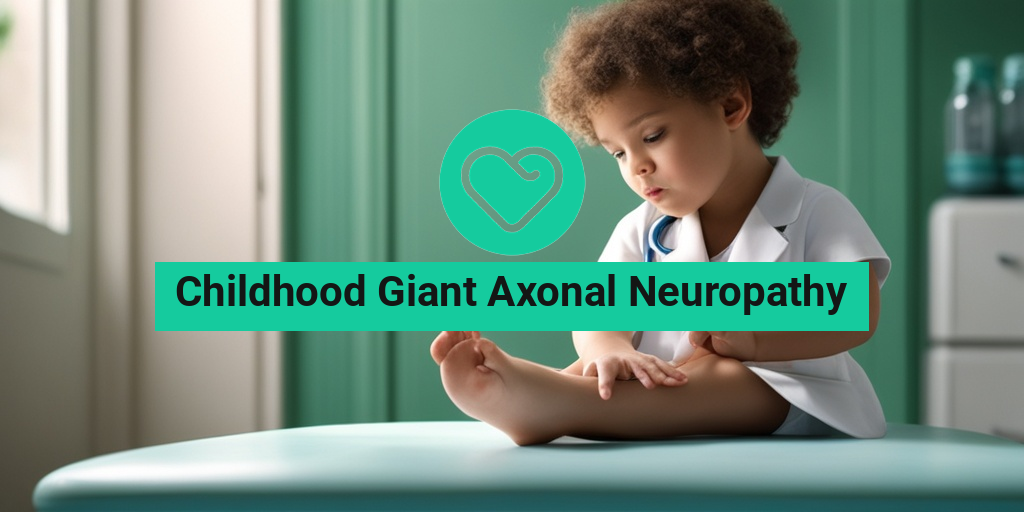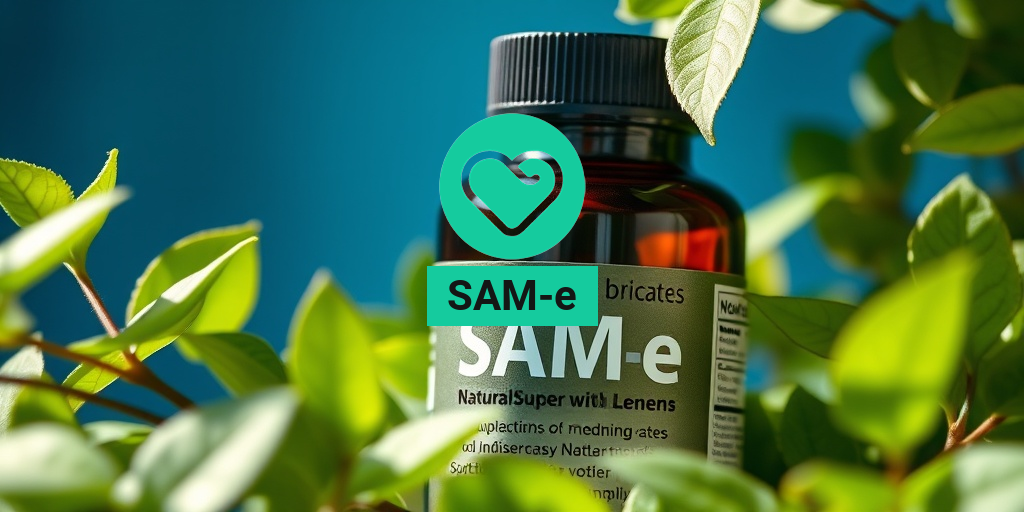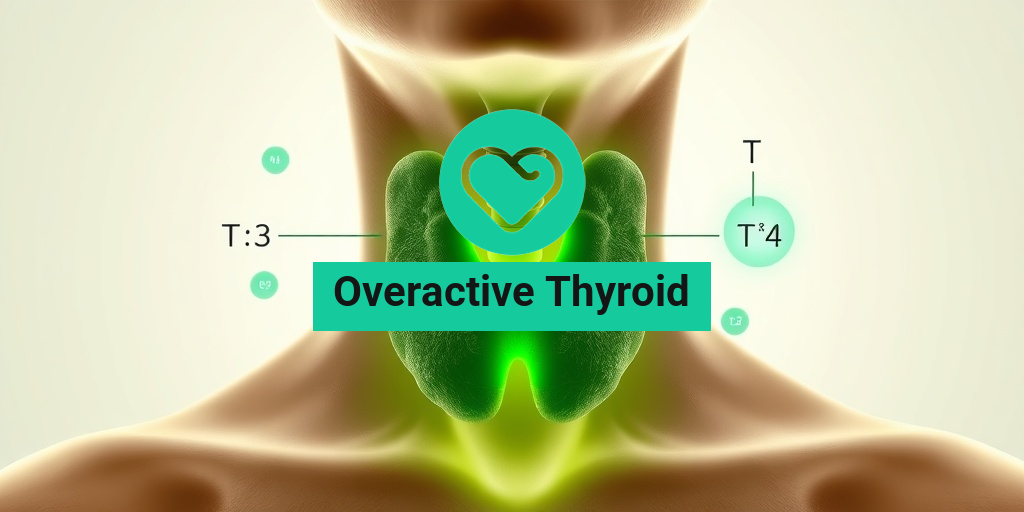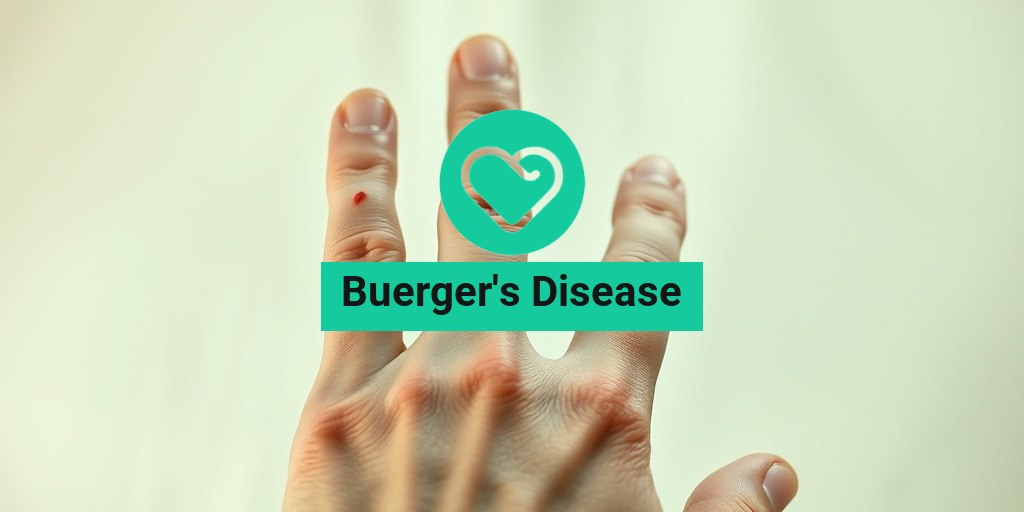What Is Childhood Giant Axonal Neuropathy?
Childhood Giant Axonal Neuropathy (GAN) is a rare and debilitating genetic disorder that affects the nervous system of children. It’s a type of peripheral neuropathy, which means it damages the nerves that connect the brain and spinal cord to the rest of the body. In this article, we’ll delve into the world of Childhood GAN, exploring its causes, symptoms, diagnosis, and treatment options.
Causes of Childhood GAN
The primary cause of Childhood GAN is a mutation in the GAN gene, which codes for the protein gigaxonin. This protein plays a crucial role in maintaining the structure and function of nerve cells. When the GAN gene is mutated, it leads to the formation of giant axons, which are abnormally large nerve fibers. These giant axons disrupt the normal functioning of nerve cells, causing a range of symptoms.
Symptoms of Childhood GAN
The symptoms of Childhood GAN typically appear in early childhood, often between the ages of 2 and 10. They can vary in severity and may include:
- Muscle weakness, particularly in the legs and feet
- Delayed motor skills development, such as walking or running
- Sensory impairments, including numbness or tingling in the hands and feet
- Vision problems, including blurred vision or loss of peripheral vision
- Hearing difficulties, including hearing loss or speech impairment
- Seizures, which can be a rare but serious complication
Understanding Giant Axonal Neuropathy in Children
Diagnosing Childhood GAN can be a complex process, as the symptoms can be similar to those of other neurological disorders. A comprehensive diagnostic approach typically involves:
Genetic Testing
Genetic testing is used to identify the GAN gene mutation, which is the primary cause of the disorder. This involves analyzing a sample of the child’s DNA to detect any mutations.
Neurological Examinations
A thorough neurological examination is conducted to assess the child’s muscle strength, reflexes, and sensory function. This helps to identify any abnormalities in nerve function.
Electromyography (EMG)
EMG is a diagnostic test that measures the electrical activity of muscles. It helps to identify any muscle damage or nerve dysfunction.
If you’re concerned about your child’s health or suspect they may have Childhood GAN, it’s essential to consult with a healthcare professional. They can provide guidance on the diagnostic process and recommend appropriate treatment options.
Remember, accurate and evidence-based health information is just a click away with Yesil Health AI. This valuable resource provides trusted answers to your health questions, helping you make informed decisions about your child’s care.
Stay tuned for our next article, where we’ll explore the treatment options and management strategies for Childhood GAN. 🌟

Causes and Risk Factors of Childhood Giant Axonal Neuropathy
Childhood Giant Axonal Neuropathy (GAN) is a rare and debilitating genetic disorder that affects the nerve cells, leading to progressive nerve damage and muscle weakness. While the exact causes of GAN are still not fully understood, researchers have identified several genetic mutations and risk factors that contribute to the development of this condition.
Genetic Mutations
The primary cause of Childhood GAN is a mutation in the Gigaxonin gene, which codes for a protein essential for the maintenance of nerve cells. This mutation leads to the formation of giant axons, which are abnormally large nerve fibers that disrupt normal nerve function. The mutation can occur spontaneously or be inherited in an autosomal recessive pattern, meaning that a child inherits two copies of the mutated gene, one from each parent.
Familial History
Having a family history of GAN or other neurological disorders increases the risk of developing the condition. If you have a family member with GAN, it’s essential to consult with a genetic counselor to understand the risks and undergo genetic testing.
Other Risk Factors
While the exact mechanisms are unclear, research suggests that certain environmental and lifestyle factors may contribute to the development of GAN. These include:
- Prenatal exposure to toxins: Exposure to certain toxins during fetal development may increase the risk of GAN.
- Viral infections: Certain viral infections, such as herpes simplex, may trigger the onset of GAN in susceptible individuals.
- Nutritional deficiencies: Deficiencies in essential nutrients, like vitamin E, may contribute to the development of GAN.
It’s essential to note that these risk factors are still being researched, and more studies are needed to fully understand their role in the development of Childhood GAN.
Symptoms of Childhood Giant Axonal Neuropathy
The symptoms of Childhood GAN typically appear in early childhood, often between the ages of 2 and 5. The condition progresses slowly, and the symptoms can vary in severity and impact. Common symptoms of Childhood GAN include:
Muscle Weakness and Paralysis
One of the primary symptoms of Childhood GAN is progressive muscle weakness, which can lead to paralysis. This weakness often starts in the legs and feet, making it difficult for children to walk or stand.
Sensory Impairments
Children with GAN may experience numbness, tingling, or loss of sensation in their hands and feet. This can make it challenging for them to perform everyday activities, like dressing or feeding themselves.
Coordination and Balance Issues
GAN can affect the cerebellum, leading to coordination and balance problems. Children may experience difficulty with walking, running, or performing fine motor tasks.
Eye and Vision Problems
Some children with GAN may develop eye movement abnormalities, vision loss, or blindness due to optic nerve damage.
Other Symptoms
In addition to these primary symptoms, children with GAN may experience:
- Seizures: Some children may develop seizures, which can be a significant concern.
- Speech and Language Delays: GAN can affect speech and language development, leading to delays or difficulties.
- Cognitive Impairments: In some cases, children with GAN may experience cognitive impairments, such as learning disabilities or intellectual disability.
It’s essential for parents and caregivers to be aware of these symptoms and seek medical attention if they suspect their child may have Childhood GAN. Early diagnosis and intervention can significantly impact the quality of life for children with this condition. 💕

Diagnosing Childhood Giant Axonal Neuropathy
Diagnosing Childhood Giant Axonal Neuropathy (GAN) can be a complex and challenging process, as the symptoms can be similar to those of other neurological disorders. However, early diagnosis is crucial to ensure timely intervention and management of the condition. In this section, we’ll delve into the diagnostic process and what to expect.
Initial Symptoms and Warning Signs
The initial symptoms of Childhood GAN typically appear between 1-3 years of age and may include:
- Weakness or numbness in the legs and feet
- Loss of reflexes
- Difficulty walking or standing
- Pain or cramping in the legs
- Decreased muscle tone
As the condition progresses, children may experience:
- Difficulty with balance and coordination
- Slurred speech
- Swallowing difficulties
- Respiratory problems
Diagnostic Tests and Procedures
To diagnose Childhood GAN, a multidisciplinary team of healthcare professionals, including neurologists, geneticists, and physical therapists, will conduct a series of tests and examinations. These may include:
- Physical examination: To assess muscle strength, tone, and reflexes
- Electromyography (EMG): To measure the electrical activity of muscles
- Nerve conduction studies (NCS): To assess the speed and strength of nerve signals
- Genetic testing: To identify mutations in the GAN gene
- Imaging tests: Such as MRI or CT scans to rule out other conditions
In some cases, a skin biopsy may be performed to examine the nerve fibers and axons.
Genetic Testing and Counseling
Genetic testing is essential to confirm the diagnosis of Childhood GAN. Genetic counseling can help families understand the risks of passing the condition to future generations and provide guidance on family planning.
Early diagnosis and intervention can significantly impact the quality of life for children with Childhood GAN. While there is no cure for the condition, a comprehensive treatment plan can help manage symptoms and improve outcomes.
Treatment Options for Childhood Giant Axonal Neuropathy
While there is no cure for Childhood Giant Axonal Neuropathy, a multidisciplinary approach to treatment can help manage symptoms, improve quality of life, and slow disease progression. In this section, we’ll explore the various treatment options available.
Physical Therapy and Rehabilitation
Physical therapy plays a crucial role in managing the symptoms of Childhood GAN. A physical therapist can help:
- Improve mobility and balance
- Enhance muscle strength and tone
- Develop adaptive strategies for daily activities
- Manage pain and discomfort
Occupational therapy can also help children with Childhood GAN develop skills for daily living and independence.
Pain Management and Medications
Pain management is essential for children with Childhood GAN. Medications may be prescribed to:
- Manage pain and discomfort
- Reduce muscle spasms and cramping
- Treat respiratory problems
In some cases, medications may be used to slow disease progression or address related conditions, such as seizures or sleep disturbances.
Speech and Language Therapy
Speech and language therapy can help children with Childhood GAN develop communication skills and address swallowing difficulties.
Respiratory Care and Management
Respiratory care is critical for children with Childhood GAN, as they may experience respiratory problems. This may involve:
- Oxygen therapy
- Ventilator support
- Respiratory exercises and training
A comprehensive treatment plan for Childhood GAN should address the physical, emotional, and social needs of the child and their family. By working together with a multidisciplinary team of healthcare professionals, families can ensure their child receives the best possible care and support. 💕

Managing Childhood Giant Axonal Neuropathy Symptoms
Childhood Giant Axonal Neuropathy (GAN) is a rare and debilitating genetic disorder that affects the nerve cells, leading to progressive nerve damage and muscle weakness. While there is no cure for GAN, managing its symptoms is crucial to improve the quality of life for affected children. In this article, we’ll delve into the various ways to manage Childhood GAN symptoms and provide a better understanding of this complex condition.
Symptom Management Strategies
The primary goal of managing Childhood GAN symptoms is to alleviate discomfort, improve mobility, and enhance overall well-being. Here are some effective strategies to consider:
- Physical Therapy: Regular physical therapy sessions can help maintain muscle strength, improve flexibility, and prevent contractures. A physical therapist can create a customized exercise program tailored to the child’s specific needs.
- Pain Management: Pain is a common symptom of Childhood GAN. Doctors may prescribe medications to manage pain, and alternative therapies like acupuncture or massage can also provide relief.
- Occupational Therapy: Occupational therapy can help children with Childhood GAN develop adaptive skills, such as using assistive devices, to perform daily activities independently.
- Speech Therapy: Speech therapy can improve communication skills and address swallowing difficulties, which are common in children with Childhood GAN.
- Respiratory Care: Children with Childhood GAN may experience respiratory problems. Respiratory care, including oxygen therapy and ventilator support, can help manage breathing difficulties.
Lifestyle Modifications
In addition to medical interventions, making lifestyle modifications can significantly impact symptom management. Here are some changes to consider:
- Regular Exercise: Gentle exercises, such as yoga or swimming, can help maintain muscle strength and flexibility. However, it’s essential to avoid high-impact activities that may exacerbate the condition.
- Balanced Diet: A well-balanced diet rich in nutrients can help support overall health and energy levels. Consult with a nutritionist or dietician to create a personalized meal plan.
- Stress Management: Stress can worsen Childhood GAN symptoms. Encourage relaxation techniques, such as meditation or deep breathing exercises, to help manage stress.
Prognosis and Outlook for Childhood Giant Axonal Neuropathy
The prognosis for Childhood GAN varies depending on the severity of the condition and the age of onset. Unfortunately, Childhood GAN is a progressive disorder, and symptoms will worsen over time. However, with proper management and care, children with Childhood GAN can lead fulfilling lives.
Life Expectancy
The life expectancy for children with Childhood GAN is generally shorter than that of the general population. However, with advances in medical care and technology, many children with Childhood GAN are living into their teenage years and beyond.
Quality of Life
While Childhood GAN is a debilitating condition, it’s essential to focus on improving the quality of life for affected children. By managing symptoms effectively, providing emotional support, and encouraging independence, children with Childhood GAN can lead happy and meaningful lives.
Remember, every child with Childhood GAN is unique, and it’s essential to work closely with a healthcare team to develop a personalized care plan. With the right support and management, children with Childhood GAN can thrive and reach their full potential. 💕

Frequently Asked Questions about Childhood Giant Axonal Neuropathy
What is Childhood Giant Axonal Neuropathy?
Childhood Giant Axonal Neuropathy (GAN) is a rare genetic disorder that affects the nerve cells, causing damage to the peripheral and central nervous systems. It is characterized by the abnormal growth of axons, which are the long, slender extensions of nerve cells that carry signals.
What are the symptoms of Childhood Giant Axonal Neuropathy?
The symptoms of Childhood GAN can vary in severity and may include:
- Weakness or numbness in the hands and feet
- Muscle wasting and atrophy
- Loss of reflexes
- Difficulty with balance and coordination
- Vision problems
- Hearing loss
- Speech difficulties
- Cognitive impairment
How is Childhood Giant Axonal Neuropathy diagnosed?
Diagnosis of Childhood GAN typically involves a combination of:
- Clinical evaluation
- Genetic testing
- Nerve conduction studies
- Electromyography (EMG)
- Imaging studies, such as MRI or CT scans
Is there a cure for Childhood Giant Axonal Neuropathy?
Currently, there is no cure for Childhood GAN. However, various treatments can help manage the symptoms and slow down the progression of the disease. These may include:
- Physical therapy
- Occupational therapy
- Speech therapy
- Pain management
- Medications to manage symptoms
How can I cope with the emotional challenges of Childhood Giant Axonal Neuropathy?
Coping with the emotional challenges of Childhood GAN can be difficult, but there are resources available to help. Consider:
- Seeking support from family and friends
- Joining a support group
- Talking to a mental health professional
- Practicing self-care and stress management techniques
Is Childhood Giant Axonal Neuropathy inherited?
Yes, Childhood GAN is an inherited disorder. It is caused by mutations in the GAN gene, which is responsible for producing the gigaxonin protein. This protein plays a crucial role in the maintenance of axons.
What is the prognosis for Childhood Giant Axonal Neuropathy?
The prognosis for Childhood GAN varies depending on the severity of the symptoms and the age of onset. In general, the earlier the diagnosis and treatment, the better the prognosis. With proper management, many individuals with Childhood GAN can lead active and fulfilling lives.
Where can I find more information about Childhood Giant Axonal Neuropathy?
There are several organizations and resources available to provide more information and support for individuals affected by Childhood GAN, including:
- The National Institutes of Health (NIH)
- The National Organization for Rare Disorders (NORD)
- The Muscular Dystrophy Association (MDA)
- The Childhood GAN Foundation
Remember, you are not alone in this journey. There is hope and support available for individuals and families affected by Childhood Giant Axonal Neuropathy. 💕




